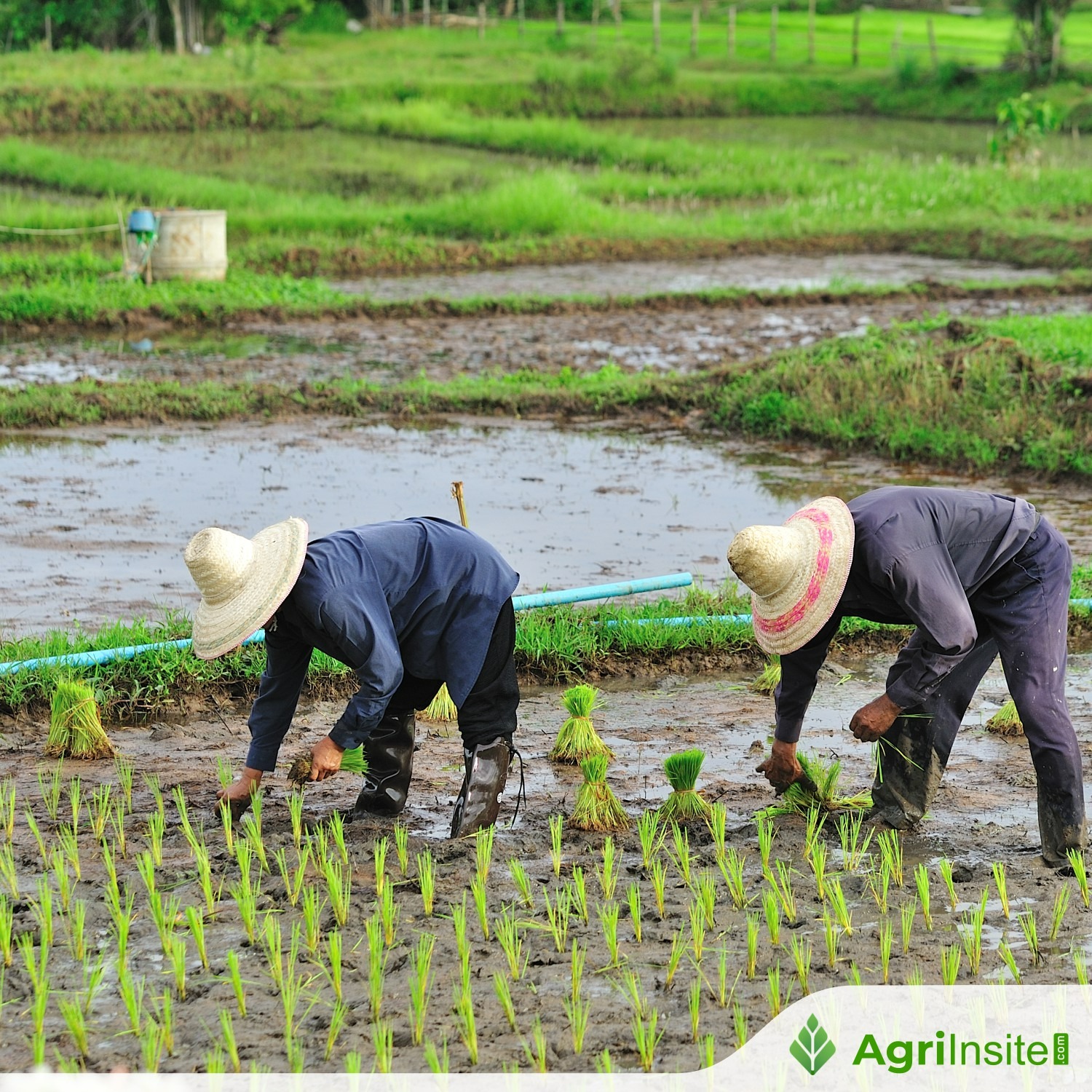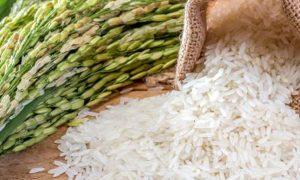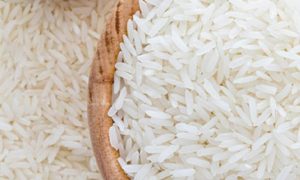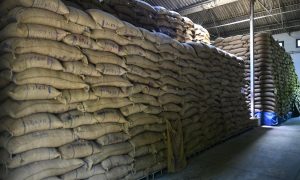Bangladesh Govt eases rules to encourage hybrid rice cultivation

Bangladesh updated hybrid rice rules to boost yields and ensure food security. Changes include relaxed facility requirements, lower amylose content, and broader lab verification. Trials must cover multiple zones. Experts welcome the move, citing higher yields and reduced imports, but warn of risks to indigenous varieties and the need for disease resistance.
The interim government of Bangladesh recently introduced updated rules for the evaluation and registration of hybrid rice, aiming to encourage the cultivation of more varieties, strengthen agricultural innovation, and ensure food security.
Government officials say that for the last couple of years, hybrid rice cultivation has been gaining popularity among farmers due to its higher yield—up to 20 percent more than traditional rice varieties.
Aus, Aman, and Boro season paddy are annually cultivated on about 116 lakh hectares of land, with hybrid varieties grown on about 19 lakh hectares, according to data from the Ministry of Agriculture.
The government made the updates public on July 20, and they were welcomed by experts and the private agricultural sector.
The rules have been developed with the aim of registering hybrid rice seed varieties—both those developed locally through research and those imported—under the National Seed Board.
Hybrid rice cultivation has been gaining popularity among farmers due to its higher yield—up to 20 percent more than traditional rice varieties, officials said
WHAT CHANGES HAVE BEEN INTRODUCED
Previously, the organisation seeking the evaluation and registration needed to have facilities for seed processing, storage, and dehumidified preservation.
Now the organisation can also enter into agreements with the government and private entities to use their facilities, as per the updates.
The amendments introduced a new rule—the amylose content must be at least 20 percent for ordinary and aromatic rice, while it could be lower for glutinous and speciality varieties.
Amylose is a type of starch found in rice, and previously 23.05 percent was required.
Moreover, the Bangladesh Rice Research Institute was earlier the authority for the verification of data, such as that of amylose content, before the Seed Certification Agency could present the findings to the National Seed Board for a variety’s registration.
Now, any “competent laboratory” can carry out the verification.
WHAT ELSE NEEDS TO BE DONE
Before applying for registration, the organisation concerned must conduct at least one field evaluation of the proposed hybrid variety under its own supervision.
The information regarding the trial must be communicated to the respective district seed certification officer.
A minimum of six on-station trials and six on-farm trials must be conducted in at least six out of the 14 designated agricultural zones in the country.
An on-station trial refers to an experiment or evaluation conducted within the confines of an agricultural research station, typically managed by researchers, and often involving controlled conditions and specific experimental designs.
Each on-station trial should be arranged using a Randomised Complete Block Design (RCBD).
An RCBD is an experimental design where experimental units are grouped into blocks, and each treatment is randomly assigned to one unit within each block.
This helps control for variability within blocks, making the experiment more precise in detecting differences among treatments.
For varieties tolerant to adverse conditions, such as floods, flash floods, drought, cold, salinity, waterlogging, and tidal effects, trials must be conducted in at least four zones, with four on-station tests and four on-farm tests.
In this case, if the proposed variety yields 20 percent more than the highest-yielding seasonal inbred variety in three zones through three on-station tests and three on-farm tests, it will be considered eligible for zone-based registration.
However, in special cases where it is not possible to conduct trials in at least four zones due to different circumstances, trials can be conducted in fewer zones but at a minimum of six sites (three on-station and three on-farm).
In this scenario, if the proposed variety yields at least 20 percent more than the highest-yielding seasonal inbred variety in at least four sites (two on-station and two on-farm), it will be considered eligible for zone-based registration.
On receiving approval for registration, the organisation concerned may produce and import the seed for commercial use, in accordance with the specified conditions.
WHAT STAKEHOLDERS SAY
FH Ansarey, managing director of ACI Agribusinesses, a leading agricultural integrator in Bangladesh, said the updating of the rules was a timely and effective step that would benefit the country by boosting rice yields.
He explained that the percentage of amylose content required was lowered from the previous 23.05 percent, and this was closely linked to yield potential.
“With this adjustment, we can now expect improved yields,” he said.
To meet the growing demand for rice, he emphasised the need to further expand the coverage of hybrid varieties, which would also help reduce the country’s reliance on imports.
According to data from the Directorate General of Food, 12.75 lakh tonnes of rice were imported by the public and private sectors during fiscal year 2024-25. In the preceding year, there was no import of rice.
However, he cautioned that disease and insect resistance profiles must be carefully evaluated as hybrid cultivation expands.
Bangladesh currently has 254 registered hybrid rice varieties, of which 143 are cultivated, with 20-25 being more popular, according to Md Akhtar Hossain Khan, chief seed technologist at the Ministry of Agriculture.
Due to their higher yields, the cultivation of hybrid rice varieties has recently increased significantly among farmers, he said.
Hybrid varieties provide about 20 percent more yield than conventional varieties, he said, adding that they need to stay updated with advancements in breeding, as evaluation processes evolve over time, for which the updating was needed.
Shahidur Rashid Bhuiyan, former vice-chancellor of Sher-e-Bangla Agricultural University, welcomed the updating of the rules, terming it a positive step forward.
He noted that the inclusion of specific criteria, such as the determination of amylose and glutinous content, would help ensure the quality of rice.
However, he also warned that increased cultivation of hybrids could lead to a decline in the cultivation of indigenous strains and subsequently their extinction.
To Read more about Rice News continue reading Agriinsite.com
Source : The Daily Star















